Italians know a thing or two about high-quality pleasures and style. Whether food, wine, fashion, tailoring, or vehicle design, Italian products are revered the world over. So, when aperitivi and cocktails started emerging from Italy, the world took note.
Originally a northern Italian tradition, the aperitivo has long since become a widespread, much-loved social ritual throughout Italy, consisting of a glass of beer, wine or a light cocktail and some nibbles after work from about 6 to 9 pm, in the company of colleagues, family or good friends. What better way to get those gastric juices flowing before a late dinner, watch the world go by, and even enjoy the sunset, than partaking in this quintessential cultural expression of Italy? After all, “when in Rome, do as the Romans do”, as they say.
The regions where “Fare un aperitivo” (to have an aperitivo) has become an established part of daily routine and is practised in its purest form are Veneto and Lombardy, where the aperitivo first arose hundreds of years ago. The drinks are usually accompanied by finger foods such as crostini (little toasted bread slices with a topping), olives, cheese, cured meats, vegetables, quiches or even little plates of pasta, and similar tasty morsels. And the drink doesn’t necessarily have to be alcoholic for you to enjoy the benefits of the golden hour in Italy.
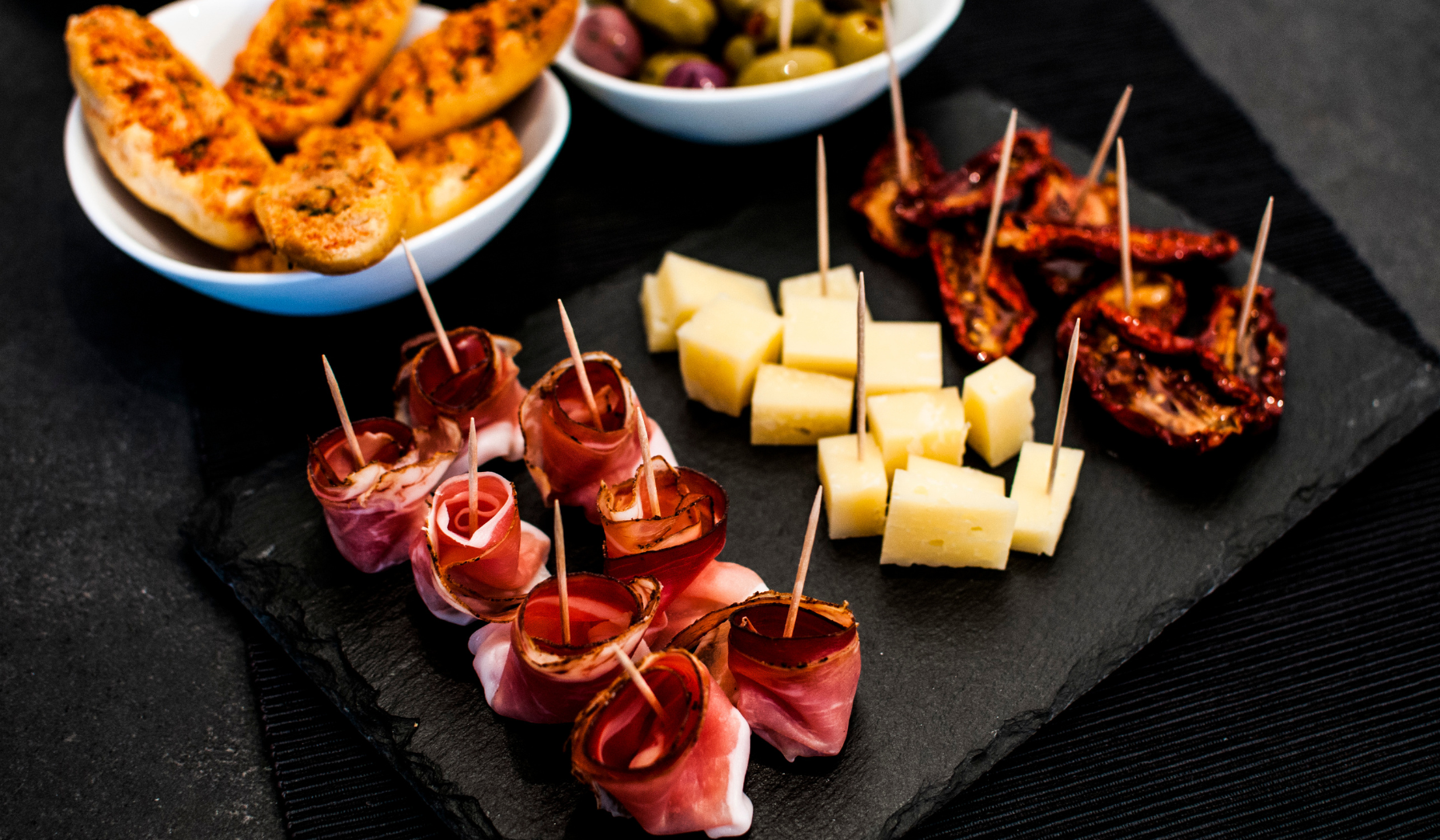
Source: Canva
Although the concept of “Fare un aperitivo” may be reminiscent of “happy hour”, the comparison is misleading. Most aperitivi tend to cost between three and eight euros, and are lower in alcohol content than other drinks. Rather than a chance to get a special deal or to drink twice as much alcohol for the same price, fare un aperitivo is considered an experience in itself, a cherished opportunity to relax, unwind, and connect with the people who are important to you.
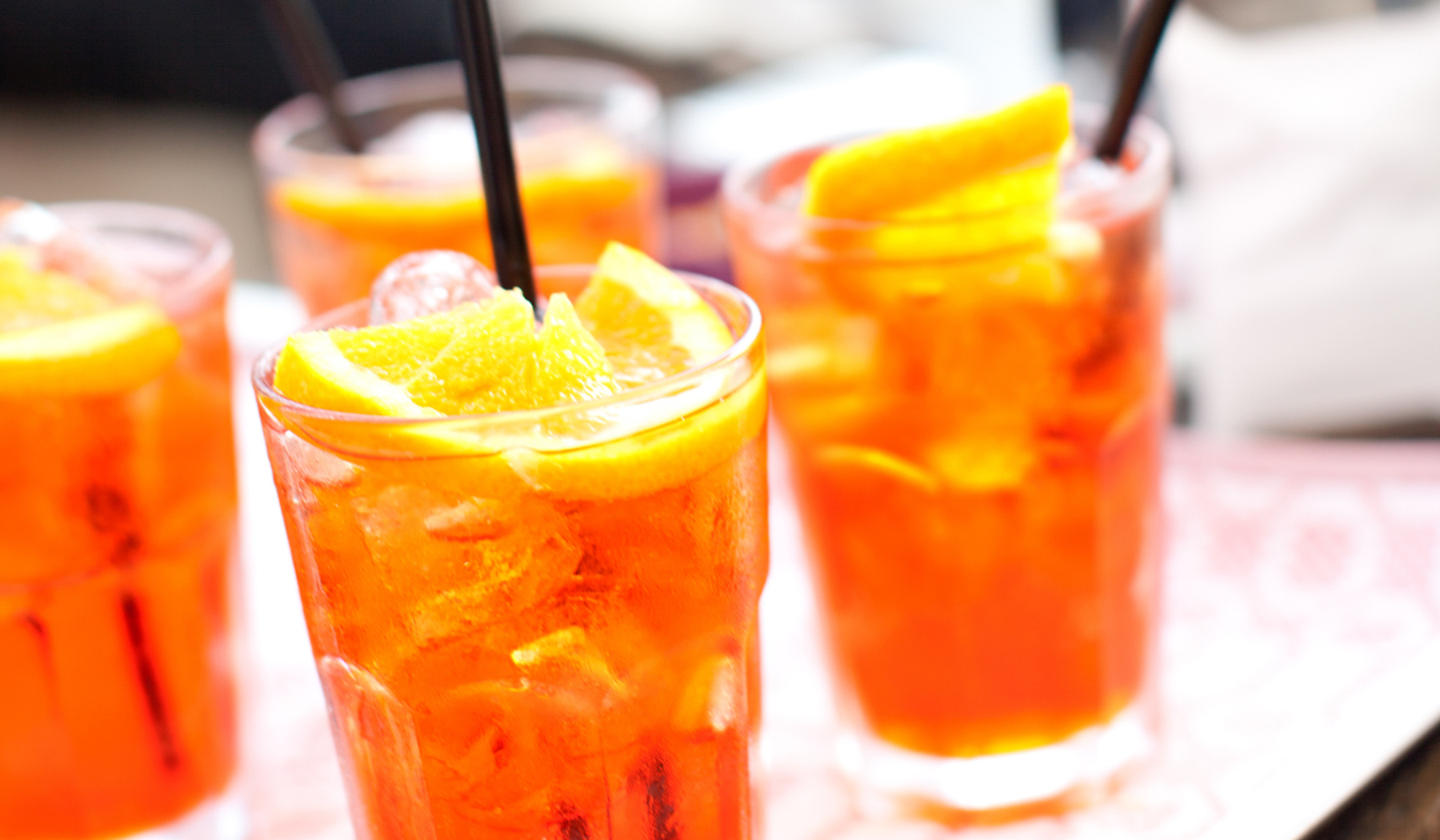
Source: Canva
The classic aperitivo cocktail is the spritz, which has its origins in Austria, although the modern version has deviated considerably since it was first created at the turn of the nineteenth century. Colourful, fresh, and with a moderate alcohol content, the spritz is the basis for several variants and has an intriguing history.
From 1815, Veneto-Lombardy was subject to the crown of the Austrian Empire for half a century. The Hapsburg soldiers tried the wines from the Veneto region, but found them too strong, so began diluting them with a splash of sparkling water, “spritzen” being the verb “to splash” in German. What the locals thought of this sacrilege to pure Italian wine is lost to history. Regardless, this spritz recipe is still served in many areas of Friuli-Venezia Giulia to this day.
A further development occurred in the early 1900s, when seltzer-water syphons became widespread as an alternative to sparkling water. The finishing touch which elevates the cocktail was added in the 1920s—colourful bitters. This immediately spawned two contending versions, one with Aperol and the other with Select, a bitter produced by the Pilla brothers of Venice. And while the former is now listed as an ingredient of 'Venetian Spritz' by the International Bartenders Association, the authentic Select brand still holds sway in the sophisticated city of bridges.
.png?width=1800&height=1050&name=aperitivo%20(1).png)
Source: Canva
Every town in the Triveneto region has its own recipe and one could organise a tasting tour around this cocktail alone—in Padua sparkling wine is used, Prosecco in Treviso, Friulano wine is used in Udine, and white wine but no fizz in the Venetian version. There are also many fantasy colour variants using herbal liqueurs aside from the classic Aperol or Select—Campari is of course widely used, but also intriguingly dark bitters such as China Martini, which is the colour of burnt umber, or Cynar, which is low on sugar and based on artichoke. Or you can try Hugo, a variation on the traditional spritz originally from South Tyrol, with elderflower syrup and mint in place of any bitter.
To enjoy a refreshing spritz cocktail at home, why not surprise your friends and family with the Venetian recipe: One-third sparkling white wine, one-third bitters, one-third sparkling water. To serve, fill a wine glass or an old-fashioned glass with ice, pour in the wine, then the bitters, and finally the sparkling water. For the signature finishing touch, garnish it with a slice of orange. Be sure to serve your spritz with some finger foods, such as parmesan biscuits, or wow your guests with something unexpected such as crispy pan-fried or baked gnocchi, a smoked salmon sandwich, or some other tempting morsel.
On the other hand, if you are fortunate enough to be travelling to the floating city, some of the best places to enjoy aperitivi in Venice with a side of cicchetti (typical Venetian snacks) are the Bar Duchamp, the Bacareto Da Lele, the Bar Alla Toletta, the Cantina El Bottegon, the Bar Al Canton, the Caffe Rosso, the Caffe Imagina, and the Caffe Noir.
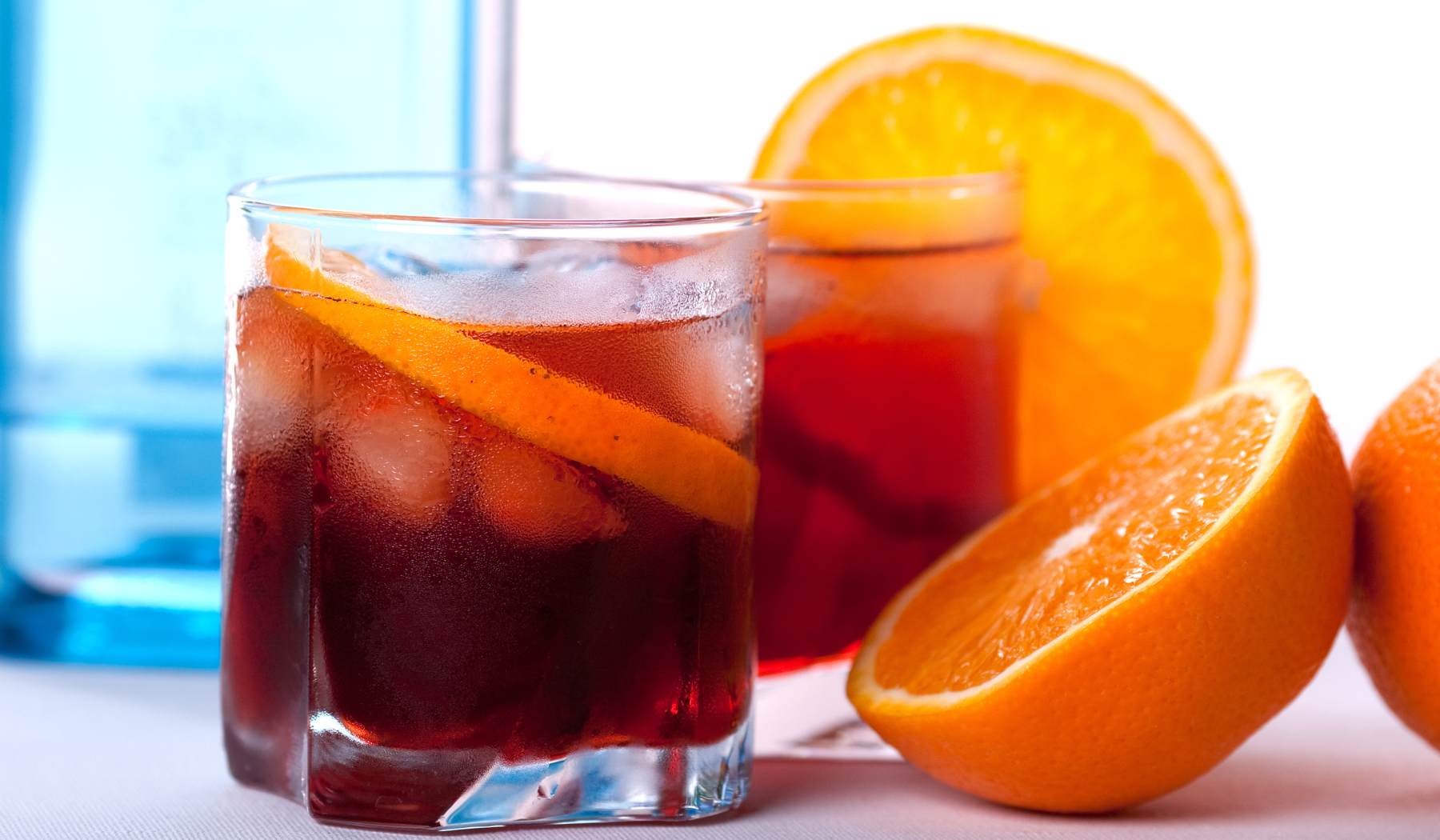
Source: Canva
Another favourite aperitivo is the rather flashy Americano, an almost ubiquitous, colourful cocktail served on the rocks, which made it onto the IPA list in 1986 (although it had already become James Bond’s preferred tipple in Ian Fleming’s novel Casino Royale back in 1953). It contains equal proportions of bitters and white vermouth, plus a dash of soda, garnished with both orange and lemon zest. The Americano is built on a bed of rocks, and stirred, not shaken, the dash of soda being added last. In general, cocktails based on spirits, fortified wines, and liqueurs without any fruit juice would undergo too much oxidation if shaken, and thus lose some of their complexity.
The origins of the Americano are disputed, some claiming that American tourists spirited it into existence by asking for a dash of soda in their Milano Torino (Mi-To) cocktail at the famous Bar Camparino, where Gaspare Campari also perfected the bitter aperitivo that he had been improving since the 1840s— the ingredients of the drink which bears his name remain largely unchanged to this day. Others claim the Americano was invented in homage to Italian boxer Primo Carnera on his return to Italy after winning the world heavyweight title in the US.
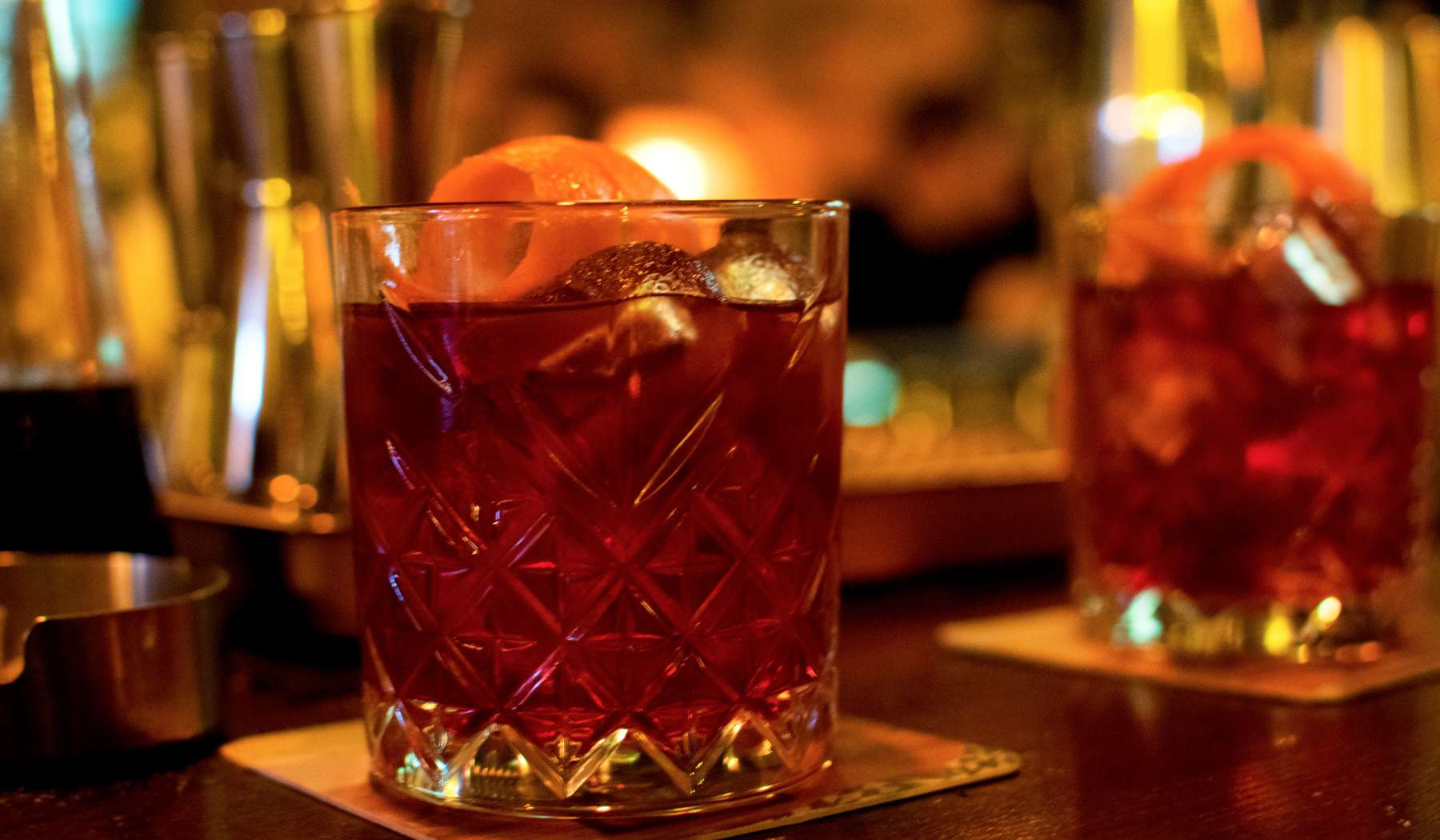
Source: Canva
A related cocktail, the Negroni, is said to have been invented a century ago in Florence by an Italian adventurer, Count Camillo Negroni. The Count reportedly wanted a stronger drink, so he asked the barman to add gin to his Americano. The Negroni was immediately a huge success. The family established the Negroni Distillery in Treviso that same year, producing an off-the-shelf version of the cocktail called Antico Negroni. Its popularity has never declined, and the distillery is still in production to this day.
A rival branch of the Negroni family from France now claims the Negroni was invented some 50 years earlier, by a different Count Negroni, a decorated brigadier general in the Franco-Prussian war, as a digestive for his wife when he was stationed in Senegal in the mid-1800s, and that it subsequently became a big hit at the officers’ club in Paris.
The two branches of the Negroni family each display “proof” of the authenticity of their claim at their establishments, complete with photos—although any such evidence is to be taken with a pinch of salt.
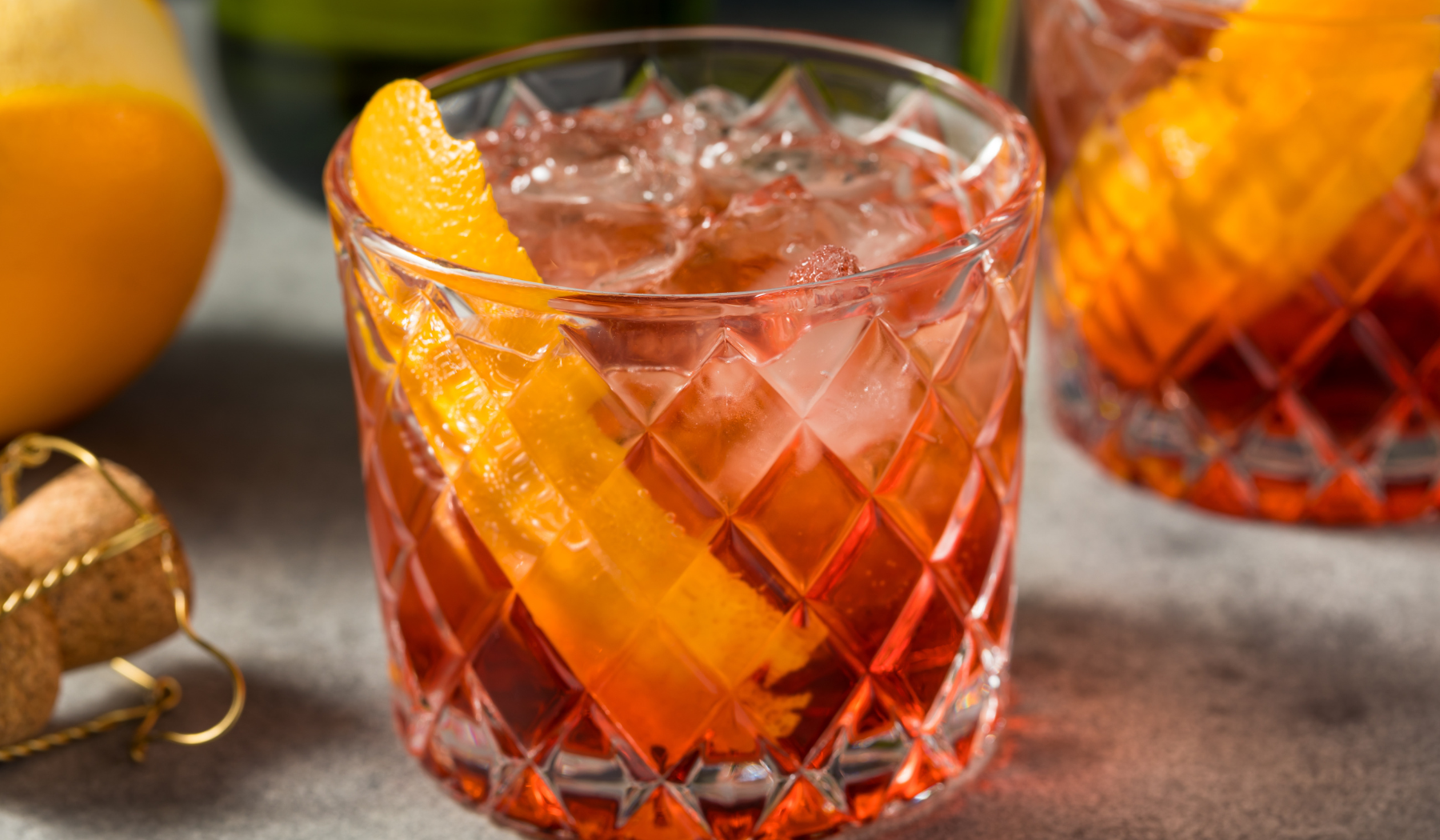
Source: Canva
There is also a back story to our final variant of the Negroni, the Negroni Sbagliato. This last word means “incorrect,” “bad” or “wrong” in Italian. And what was so “wrong” about the first Negroni Sbagliato, you may ask? Legend has it that the drink was created quite by chance around 1969, when bartender Mirko Stocchetto at the Bar Basso in Milan was making a Negroni and picked up a bottle of prosecco instead of a bottle of gin. The result was a lighter, less complex cocktail that went down very smoothly due to the bubbly in the mix. And this fashionable, historic neighbourhood bar is still as successful today as the cocktail that reputedly originated there.
Planning a trip to Italy? Come with feast and find your seat at the table.


